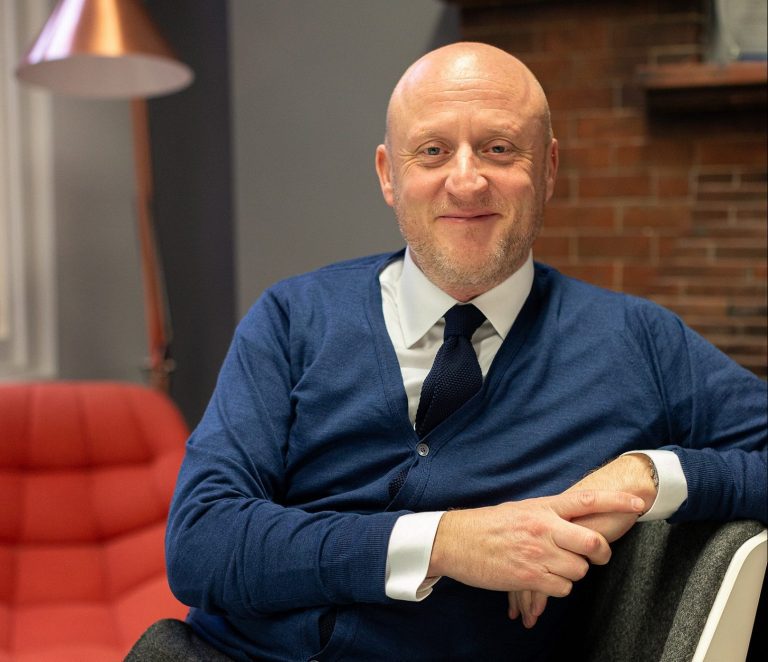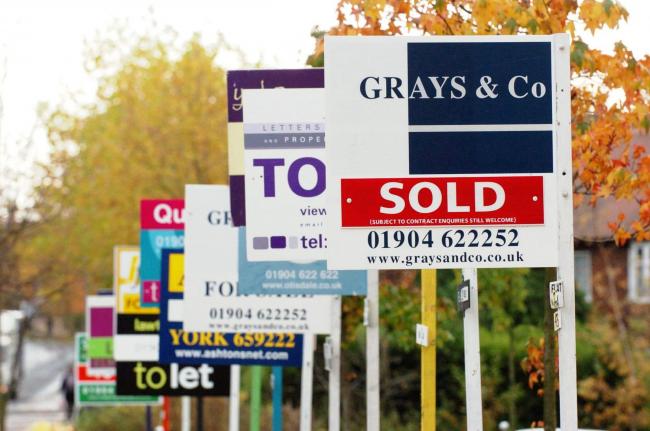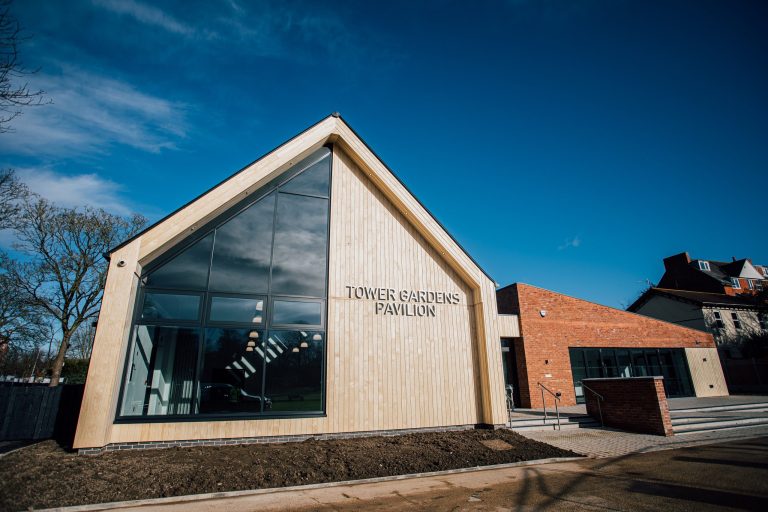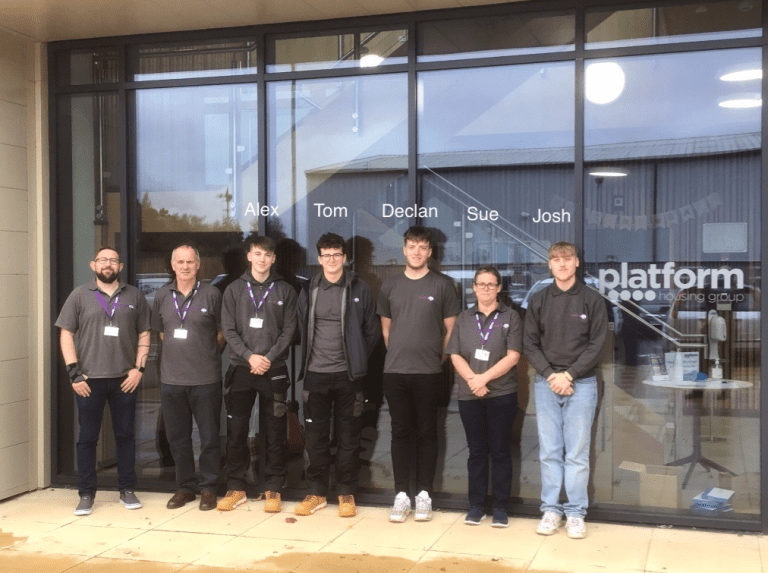Hopes are high that the 2021 United Nations Climate Change Conference – COP26 – will help to bring about significant change for the future of our planet. The construction industry is increasingly aware of the important role it must play in tackling the crisis – but how can it foster real results? National framework provider Pagabo’s latest ‘Building Blocks’ podcast, hosted by executive chairman Gerard Toplass, and featuring Julia Barrett, chief sustainability officer at national contractor Willmott Dixon and Jose Hernandez, director of sustainability at multi-disciplinary consultancy Pick Everard, explored the issues. Gerard said: “The Construction Playbook and Build Back Better initiatives rolled out by the UK Government have already placed sustainability, net zero emissions and a change in best practice at the forefront of work in the built environment. Now it is hoped the crucial COP26 summit in Glasgow will strengthen global action, provide a strategic vision and allocate sufficient resources for solutions to tackle the issues we face. “There has been a sea change in the world’s view of the climate crisis, influenced by a number of factors such as high-profile campaigning, media reporting, increased awareness among young people, recent weather extremes and our post-pandemic recovery. It feels very much like this is something that people are taking more seriously now during their daily lives and are calling for real action from our leaders.” Awareness of environmental issues is finally increasing “While many businesses have spent the best part of a decade looking at sustainability in terms of their own activity, reducing carbon emissions and maximising recycling for example, we now recognise on a wider scale that more must be done as a united front. The general awareness is now much greater; we need only look to the likes of the UN’s Inter-governmental Panel on Climate Change declaring a ‘code red for humanity’ and the Environment Agency warning on natural disaster deaths that will happen here and elsewhere to see that. “We need new strategies to build on what we have already achieved, taking into account Scope 3 emissions; this may consider employee travel and commuting as well as those emissions associated with the processing of raw materials and contracted solid waste disposal among other things. “As an industry, we have a responsibility to think about our approach both in terms of materials and the impact they have on emissions during production, otherwise referred to as embodied carbon. For example, concrete production represents around eight per cent of the world’s carbon dioxide (CO2) emissions.” Jose added: “It is concerning that reports have shown that last year global emissions may have reduced by six per cent but the forecast for this year is an increase of four per cent. Moreover, the entire building and construction industry must understand its role when considering it is responsible for roughly 40 per cent of the world’s carbon emissions. It is critical that we use all this information as an opportunity to decouple absolute and relative carbon emissions from economic growth.” Covid-19 took our choices away and forced us to change Julia said: “One of the key impacts of the pandemic is how it has actually advanced the environmental agenda, not least because of the way the construction industry adapted but also because of the dramatic decrease in people travelling. “Businesses realised they could save time, expense and increase efficiency through online meetings and virtual working. We all recognise the importance of in-person meetings for relationship building but the new hybrid approach to working has been a real positive to come from the last 18 months.” Modern construction methods are key As well as delivering great buildings, the industry has a responsibility to ensure they perform at the best level through their operation lifecycle and with minimised embodied carbon. By the time a new building is in use, between 30 and 70 per cent of its lifetime emissions are accounted for. Julia added: “In practice, this means engaging clients early on in the brief to ensure that sustainability and efficiencies are embedded rather than an ‘add on’. Understanding that addressing environmental impact early on, despite some larger upfront costs, will also have a positive economic outcome in the long-term is vital. This is a shift change in some cases but will play a hugely important role in supporting the climate change agenda. “It’s also really important that supply chain SMEs must know what they are spending on fuel and energy because of the impact on their carbon emissions. According to the CBI, only 11 per cent of SMEs know what their carbon emissions are, which is a massive opportunity to reduce fuel costs thereby increasing profits while protecting the planet.” The benefits of frameworks Gerard continued: “The key elements in a framework are the references to whole life carbon. The impact doesn’t stop once the building has been completed and starts being used – and this is vital when it comes to climate change and sustainability. “Frameworks provide a consistent structure and scope, giving firms an opportunity for growth and alignment. It levels the playing field in a collaborative and positive way to drive up standards, creating a ‘gold standard’. The Construction Playbook has been a driver for change within the industry, but wider adoption particularly among the public sector in terms of sustainability requirements is key.” Thoughts for the future “COP26 is now underway and while we have started to see the conversation changing, there is still much to do. Each country pledged to sign up with its nationally declared contributions to reducing emissions to limit a global temperature rise but it is not yet clear what that means. It’s time to stop talking and take action. “Innovation, particularly within the construction sector, is widespread so we have an excellent opportunity to embrace sustainability and climate change as key drivers for what we do next. We collectively need to make changes now, embrace new technologies, ways of working and thinking as we make strides towards our ambitious but vital carbon targets.” Listen













